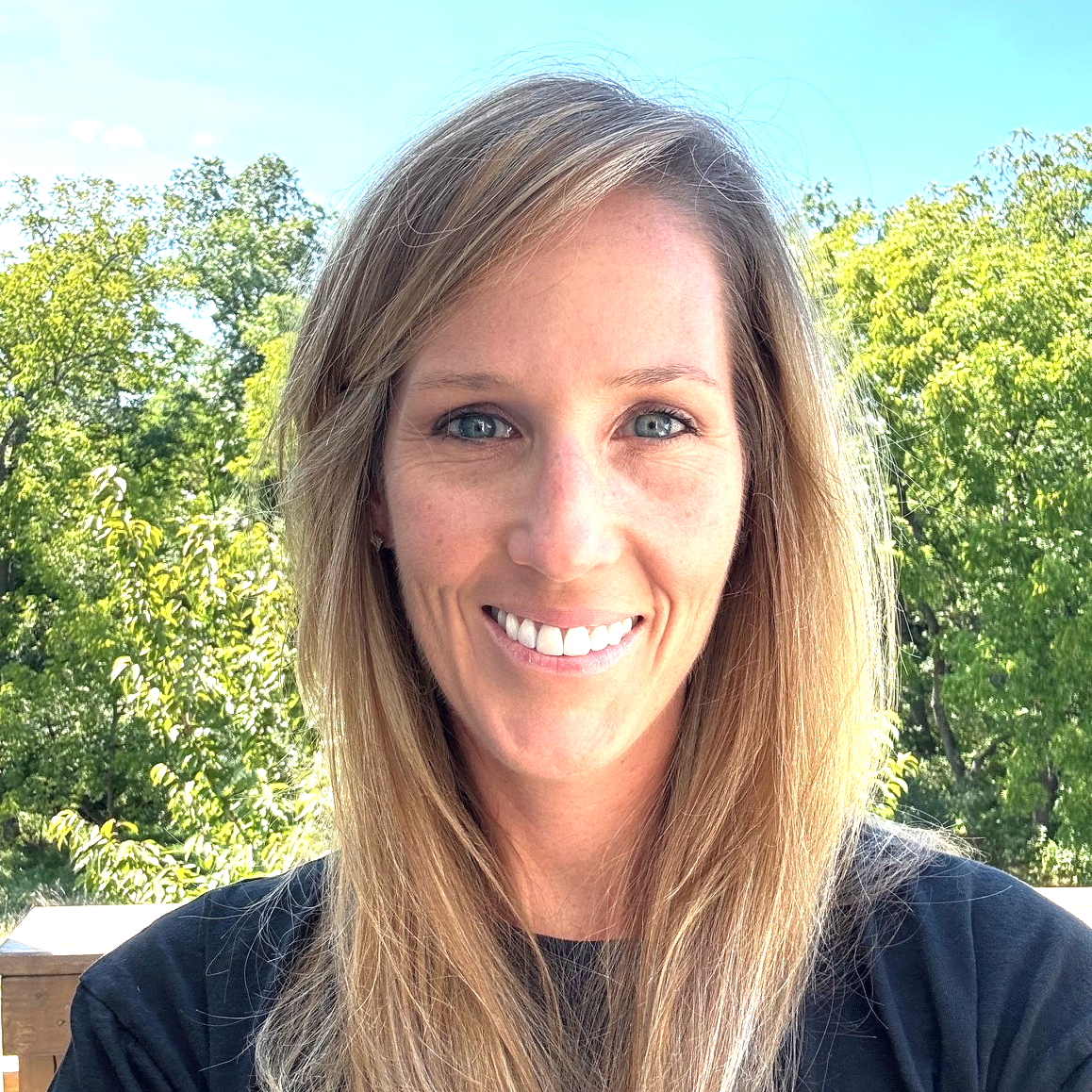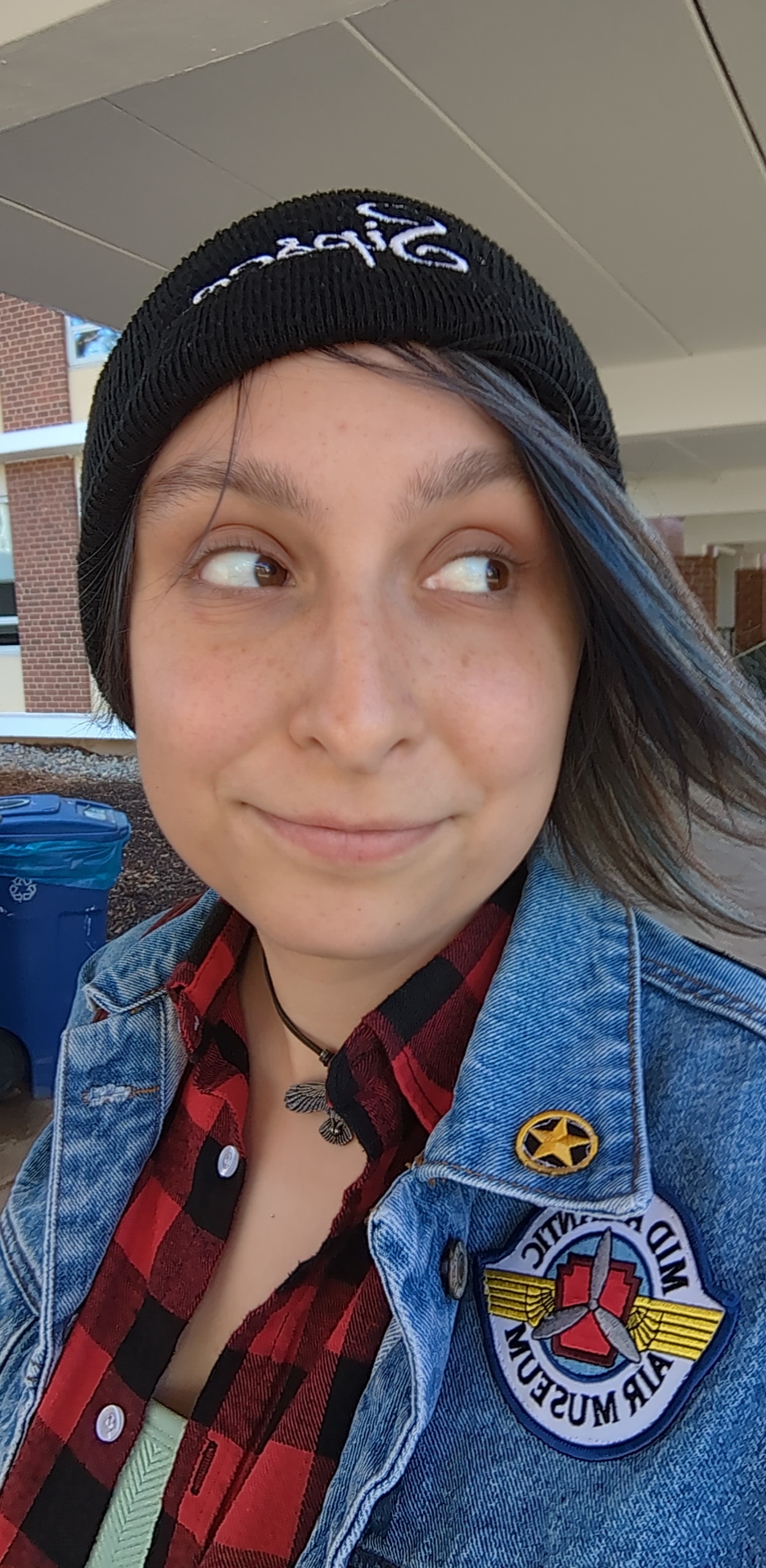Every doctoral student in the PhD in Education Program has a set of major milestones: Portfolios I-III, the dissertation proposal, and the final dissertation. This process is often intimidating and shrouded in mystery for students, so I have interviewed students at each step in the doctoral journey to illuminate the purpose of these checkpoints and provide insight on how to successfully pass each defense.
To address Portfolio I, I spoke with Christine Nardelli (she/her), a doctoral student in the PhD in Education program, with a primary specialization in educational psychology and a secondary specialization in reading culture and literacies.

The first thing every doctoral student needs to do when entering the program is form their portfolio committee.
Christine indicated that she started this process with a blank slate, reaching out to faculty members as needed. She said these faculty were “…proactive in emailing me before my first semester started” and that they answered her many questions.
As a part-time student, Christine indicated “…I was a stay-at-home mom. And so, the plan was to strictly come to campus, take the class, do my business, and then go home and resume with the…rest of my life, you know?” But over time, that changed: “As my classes continued and as the semester unfolded, I started making connections with peers. And then through those connections with peers I learned about where I have connections with professors.”
Christine’s conversations with peers in class led to her connecting with her current committee chair and advisor. This connection allowed her to ask questions about being involved on campus, obtaining a research assistantship, and assembling her committee. “You meet all these people and you make all these connections and then you’re given opportunities. These are all learning opportunities and abilities to make mistakes and learn from those and grow.”
Once Christine had her committee chair chosen, the next step was to select the other committee members. Most committees will have two additional members, but Christine chose three, for a total of four committee members. One represents her secondary specialization, another the broader world of education and leadership, and finally, she selected a methodologist.
She said of the selection process, “I was given the advice to choose my committee members based on where I want to go professionally and academically…it’s 100 percent my choice, and it needs to be reflective of what I’m expecting to experience.”
I was given the advice to choose my committee members based on where I want to go professionally and academically
Once the committee is formed, doctoral students begin assembling the materials needed for Portfolio I.
These materials include:
- Current CV,
- Academic archive of all of major course assignments,
- Proposed program of study,
- Statement of your professional goals, and
- Knowledge discussion essay
All of these are housed in an online repository, which is usually a personal website assembled for your own professional use. Christine strategically took the advice of a professor and started preparing for her first portfolio review during her very first class in the program. She reflects, “…that was a huge time saver for me. And it also helped me to anticipate where I was going.”
Don’t be afraid to really pinpoint your professional goals
In this vein, one of the key pieces of feedback she received across the board as she put her materials together was “don’t be afraid to really pinpoint your professional goals.” Christine recalls trying to leave her options open-ended, but her committee urged her to choose a goal and go for it.
As she worked on assembling the materials for Portfolio I, Christine remembers the helpfulness of each committee member. “I was able to meet with each of them individually…ask for feedback and tell them what I’m thinking and where I’m going.” Each committee member “…brought in a little bit of their expertise,” guiding Christine to address different areas of the literature and refining how they complement each other.
Her chair supported this dive into the literature by encouraging Christine to have “all of your assignments for your courses…reflect whatever it is you want to do your research on.” She notes she started “a little bit all over the place,” (as we all are at the beginning of our journey), but that she finally narrowed down a research area she was interested in “that really started the basis for my literature review.” This set the foundation for her knowledge discussion essay through consistent exposure to a focused body of literature.
Once all the documents and website are ready, doctoral students set a date for their Portfolio I review with their committee.
Once the date is set, it’s time to prepare for the review itself. Peers recommended Christine to prepare a slide deck to guide the flow of the review discussion and talking points. Her committee “…suggested particular things that I talk about, such as my professional goals and academic goals, my knowledge essay, …my resume.” She took this guidance and assembled slides that she practiced copiously before she met with her committee.
“It actually went really well.” Christine remembers the setting being very serious and professional, but her committee didn’t ask anything that she did not already know, and she had the opportunity to ask them questions as well. “The more that you’re prepared to share about yourself, and your experiences, and what you’ve accomplished academically and professionally that led to your research (it always has to be connected to that research), then I think that you’re on the right track.”
Following the review, Christine said she received positive feedback from her committee. They suggested slight changes to her program of study, and recommended she become more active in professional organizations. But overall, her committee was happy with her work and her progress.
Christine has two pieces of advice for doctoral students working towards their first portfolio review.
For those working on assembling their committee, she would “…highly suggest taking the time to email prospective committee members and just casually meeting with them…it’s not until you engage in that kind of dialogue that you really see if there’s a match there and if that is a quality kind of working relationship.” For those working on putting together the materials for their portfolio, Christine says to “…start that portfolio as soon as you can.”
Start that portfolio as soon as you can
Ultimately, Christine speaks fondly of the Portfolio I experience. “I think I was pleasantly surprised…I was thinking that Portfolio I is a lot of proving or defending, but it was equal parts learning…it kind of allowed me to go to the next level, and to open my eyes and my thinking in a way that I wouldn’t have if I hadn’t participated in a process like that.” Finally, it’s important to remember that Portfolio I, though just the beginning, is “so monumental and it’s such a thing to celebrate.”
About the author

Beth Anne Hosek (she/they) is a doctoral student in the PhD in Education Program specializing in educational psychology and research methods. Her research interests include the self-efficacy for self-regulated learning of middle school students who have had adverse childhood experiences. When she isn’t studying, you can usually find her hiking, playing board games with friends, or with her nose buried in whatever book she’s currently enveloped in. She is also a founding member of the CEHD Student Advisory Board!
